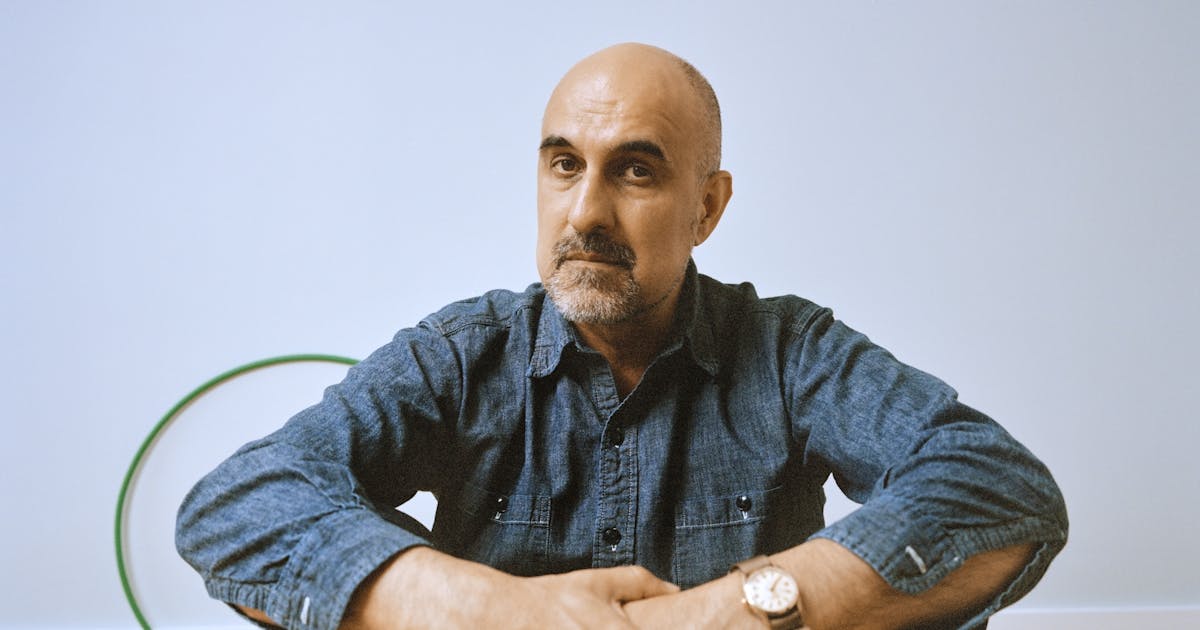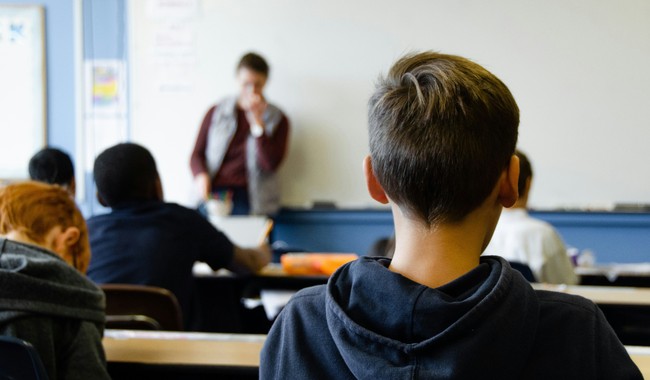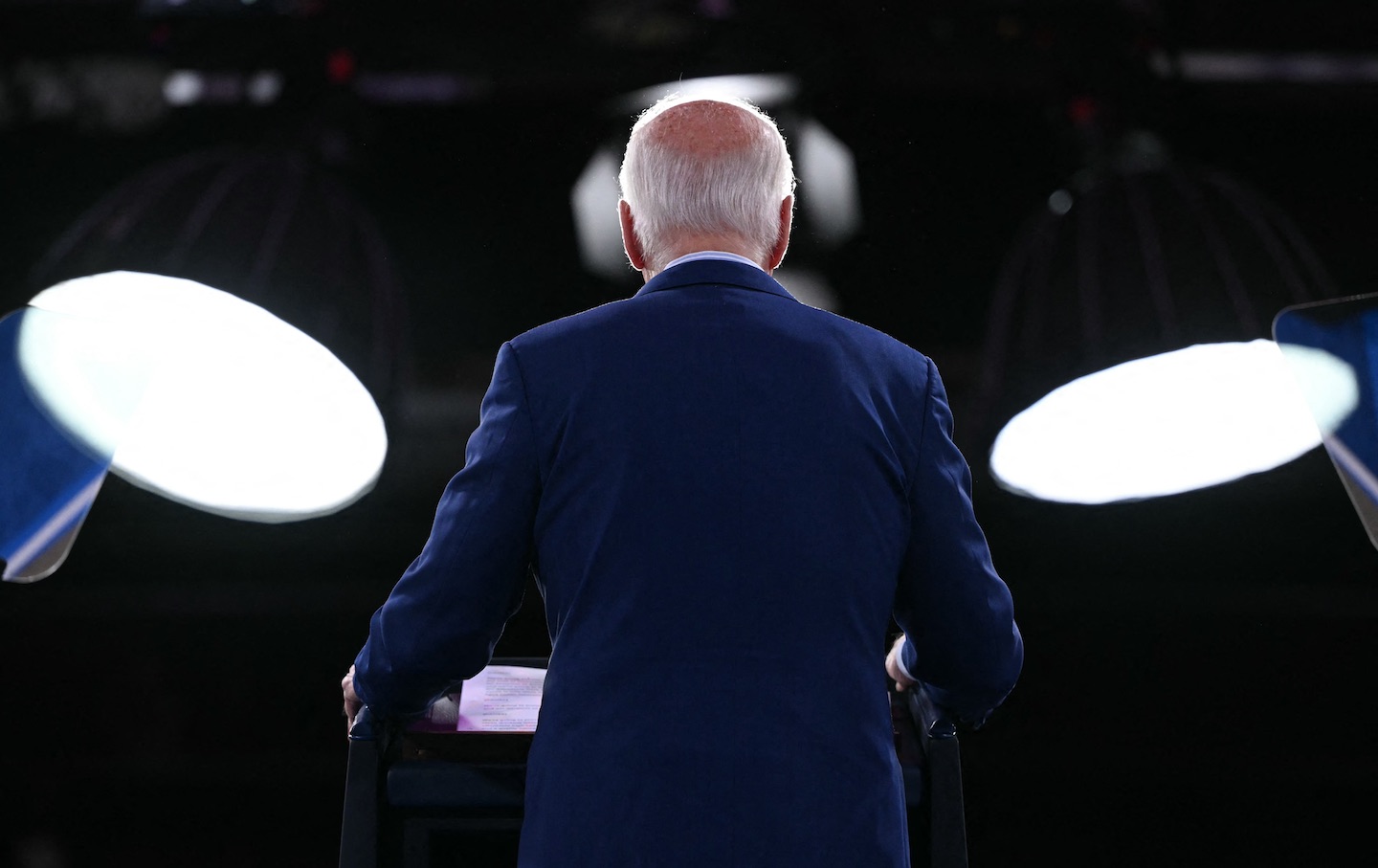An artist ought, I thought, to live like a spy, a spiritual fugitive. Art itself consisted of finding ways to say no, to become invisible to power.… When I wouldn’t speak to anyone and locked myself in my studio, I was holding a line, taking my vocation seriously. In practical terms, it amounted to the same thing. Rob and I both expected other people to pick up after us. Of the two of us, I was probably the more self-righteous about it.
The meaning of Jay’s work is further complicated by the presence of the novel’s only other major female character, Nicole, a young Black internet artist in a relationship of convenience with Rob’s gallerist, Marshal, the de facto leader of their pandemic pod. Nicole has clearly not relinquished her ambitions for artistic success, but, unlike Jay, she remains engaged with the world in ways both big and small. She frequently excuses herself to FaceTime with her elderly grandmother, who is struggling to stay afloat in a partially locked-down New York; and after the police murder of George Floyd, she orders a taxi back to the city to participate in the historic protests—an event that Jay, preoccupied by the drama he’s unleashed on the compound, almost fails to register. Nicole’s mix of professional pragmatism and political passion, though obviously imperfect, becomes a foil to Jay’s zero-sum approach to art. He has escaped the tyranny of the market and the hypocrisy of institutions, but at the cost of committing to anything besides his own freedom.
Occasionally, the achievement of Blue Ruin can feel as ambiguous as Fugue’s. Kunzru’s London, perhaps more a product of memory than research, lacks the sensory fullness of the rural Mississippi of White Tears or the Berlin suburb Wannsee at grim midwinter in Red Pill. The same could be said of Blue Ruin’s characters, who tend toward the broad: Marshal, the gallerist, is a confusing amalgam of political signifiers, the son of an Upper West Side art dealer who believes strenuously in masking but maintains a weapons cache worthy of a Three Percenter. Rob, despite an eleventh-hour revelation that complicates some of his resentment, feels like a caricature of the bad-boy artist past his prime. And the aura of dreamlike suspense that Kunzru is so adept at conjuring is almost entirely absent here, despite the appearance of multiple Chekhov’s guns.
What ultimately distinguishes the novel is its searching quality, a greater open-endedness than his two preceding works, whose moral universe was more clearly defined. It requires a reader to think rather than to offer a sage nod of agreement. Blue Ruin isn’t strictly autobiographical, but it’s clear that whether Kunzru is writing about the degradations of the art market, white profit from Black pain, or the conservative romanticism that runs through mass culture like sewage, he, like his protagonists, is aiming to create works of literature that do more than satisfy a contemporary publishing niche. In other words, there’s something distinctly meta about Jay’s resistance to the institutionalization of his art.


